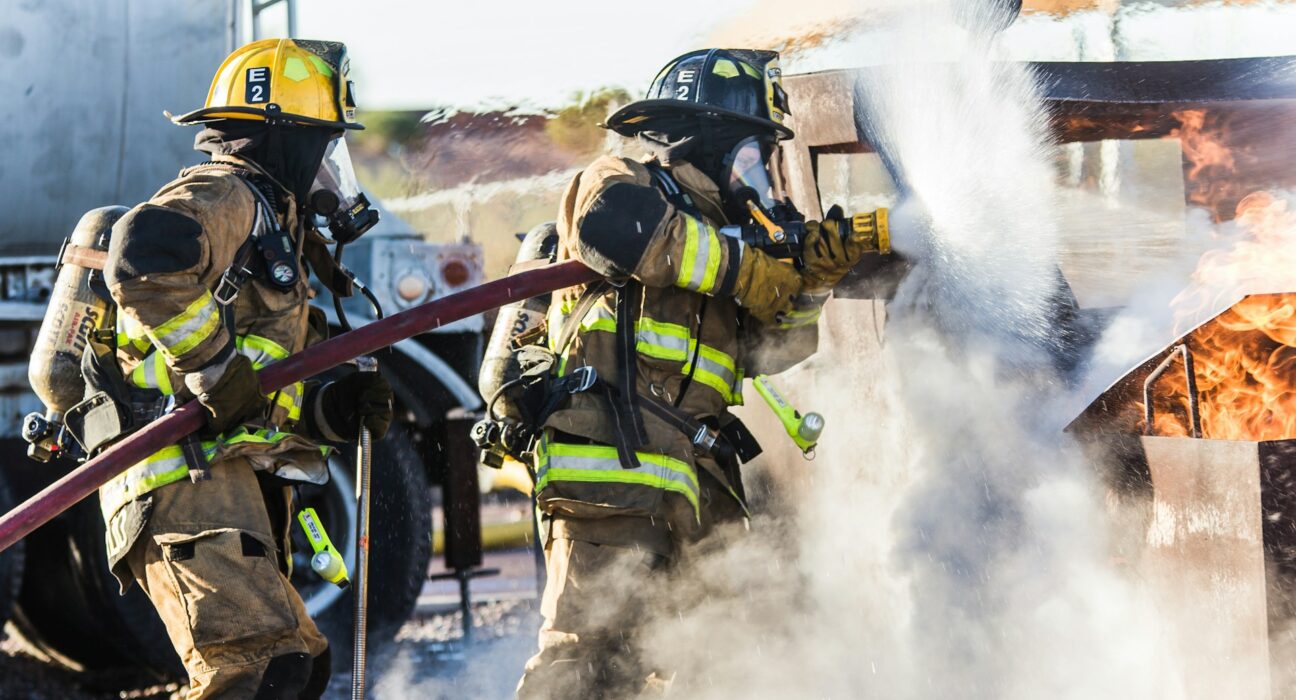Introduction
In an increasingly unpredictable world, the significance of effective disaster management cannot be overstated. From natural calamities like earthquakes and hurricanes to man-made crises such as industrial accidents and terrorist attacks, the ability to respond swiftly and efficiently can mean the difference between life and death. Technology has transformed how we manage disasters, offering innovative solutions that improve preparedness, response, recovery, and mitigation efforts. This blog post delves into the pivotal role of technology in disaster management, focusing on its impact on emergency responders, tech enthusiasts, and policymakers.
Technology plays an integral role in enhancing disaster management strategies, offering innovative solutions for both prevention and response. Advanced systems, such as drones and remote sensing technologies, allow for real-time monitoring of disaster-prone areas, enabling quicker assessments and more effective resource allocation. Additionally, communication technologies enhance coordination among response teams and ensure that accurate information reaches the public promptly. For instance, pest control services, like those offered by this website, utilize technology to manage not just pest outbreaks but also to prevent potential infestations that can arise in the aftermath of disasters. By integrating technology in disaster management, we can significantly improve community resilience and recovery efforts.
The Evolution of Technology in Disaster Management
Early Beginnings
Historically, disaster management relied heavily on manual processes and rudimentary communication tools. Early warning systems comprised rudimentary seismographs and weather observation techniques. Response efforts depended on human messengers and basic radio communication, making coordination challenging and slow.
Modern Advances
The advent of digital technology ushered in a new era of disaster management. Innovations in communication, data analysis, and real-time monitoring have enabled more efficient and effective responses. Today’s disaster management landscape leverages cutting-edge technologies to enhance every aspect of the process.
Key Technologies Transforming Disaster Management
1. Early Warning Systems
Overview
Early warning systems are crucial in providing advance notice of impending disasters, allowing for timely evacuations and preparations. These systems have evolved significantly with the integration of advanced sensor networks, satellite data, and predictive algorithms.
Applications
- Seismic Networks: Advanced seismographs and accelerometers provide real-time data on earthquake activity, enabling quicker response times.
- Weather Forecasting: Satellite imagery and Doppler radar improve the accuracy of weather predictions, offering critical lead time for hurricanes, tornadoes, and floods.
- Tsunami Alerts: Ocean buoys and seismic data help predict and monitor tsunamis, saving countless lives through timely evacuations.
2. Communication Technologies
Overview
Effective communication is the cornerstone of successful disaster management. Modern communication technologies ensure that information is disseminated quickly and accurately to both emergency responders and the public.
Applications
- Mobile Networks: Cellular networks enable mass SMS alerts and app notifications, providing critical information directly to individuals’ phones.
- Satellite Communication: In remote or disaster-stricken areas where terrestrial networks are compromised, satellite phones and internet ensure continuous connectivity.
- Social Media: Platforms like Twitter and Facebook have become invaluable tools for real-time updates, crowd-sourced information, and public engagement.
3. Geographic Information Systems (GIS)
Overview
GIS technology plays a vital role in disaster management by providing spatial data and mapping capabilities. This technology helps visualize the impact of disasters, plan evacuation routes, and allocate resources efficiently.
Applications
- Mapping Affected Areas: GIS can quickly generate maps of impacted zones, highlighting critical infrastructure and vulnerable populations.
- Resource Allocation: By overlaying disaster data with resource locations, GIS helps coordinate the distribution of aid and emergency services.
- Risk Assessment: Historical data and predictive modeling assist in identifying high-risk areas, informing better preparedness strategies.
4. Drones and Robotics
Overview
Unmanned aerial vehicles (UAVs) and robotics have revolutionized disaster response and recovery efforts. These technologies offer unparalleled access to hazardous areas, providing real-time visuals and performing critical tasks without risking human lives.
Applications
- Surveillance and Assessment: Drones equipped with high-resolution cameras and sensors can survey disaster sites, assess damage, and locate survivors.
- Delivery of Supplies: Drones can deliver medical supplies, food, and other essentials to inaccessible or dangerous locations.
- Search and Rescue: Robots can navigate through rubble and debris to find survivors, providing valuable assistance to rescue teams.
5. Artificial Intelligence (AI) and Machine Learning (ML)
Overview
AI and ML algorithms enhance disaster management by analyzing vast amounts of data to identify patterns, predict events, and optimize response strategies. These technologies offer actionable insights that improve decision-making and resource allocation.
Applications
- Predictive Analytics: AI models analyze historical data to forecast disasters and their potential impact, aiding in risk mitigation.
- Real-Time Decision Support: ML algorithms process live data feeds to provide emergency responders with the most current information, enhancing situational awareness.
- Resource Optimization: AI optimizes the allocation of resources, ensuring that aid reaches those who need it most efficiently and effectively.
The Role of Emergency Responders
Emergency responders are at the forefront of disaster management, relying heavily on technology to carry out their duties. Technologies such as real-time communication tools, GIS mapping, and AI-driven decision support systems enable them to respond more quickly and effectively. Training programs and simulations using virtual reality (VR) and augmented reality (AR) further enhance their preparedness and skills.
The Role of Tech Enthusiasts
Tech enthusiasts play a crucial role in advancing disaster management technologies. Their passion for innovation drives the development and deployment of new tools and applications. Hackathons, open-source projects, and collaborations with disaster management agencies allow tech enthusiasts to contribute valuable solutions that address real-world challenges.
The Role of Policy Makers
Policy makers are responsible for creating frameworks that facilitate the integration of technology into disaster management. They must ensure that regulations support innovation while addressing ethical and security concerns. Investment in research and development, public-private partnerships, and international cooperation are essential for advancing technological capabilities in disaster management.
Conclusion
The role of technology in disaster management is transformative and indispensable. From early warning systems to AI-driven analytics, these tools enable more efficient and effective responses to crises, ultimately saving lives and reducing damage. As technology continues to evolve, it presents new opportunities for enhancing disaster management practices. Collaboration among emergency responders, tech enthusiasts, and policymakers is crucial in harnessing the full potential of these innovations. By working together, we can build a safer, more resilient future for all.








Leave feedback about this